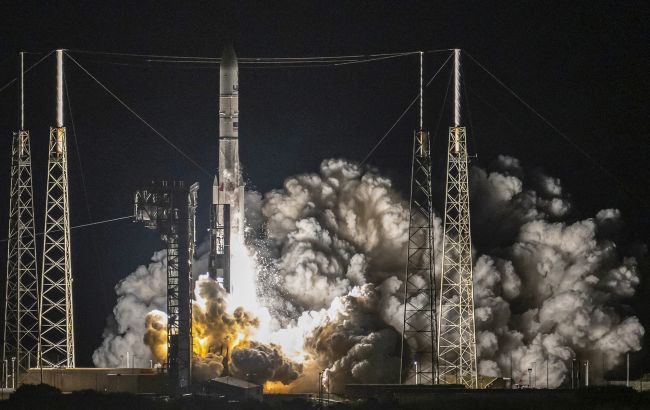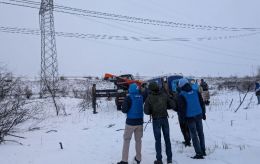Peregrine Moon mission failed: Spacecraft burns up in Earth's atmosphere
 Peregrine was launched on a new powerful rocket Vulcan (Getty Images)
Peregrine was launched on a new powerful rocket Vulcan (Getty Images)
A spaceship called Peregrine was supposed to land on the moon, marking the American first landing in 50 years, but faced problems and was destroyed, according to CNN and NBC News.
It was launched on a new powerful rocket, called Vulcan, made by Boeing and Lockheed Martin. The launch happened on January 8 at 2:18 a.m. EST from Cape Canaveral, Florida.
The company that made it, Astrobotic, confirmed the issue, saying they lost contact with the spaceship just before it was supposed to re-enter Earth's atmosphere. The crash probably happened in a remote area of the South Pacific Ocean.
The Peregrine was on a 10-day trip, but it encountered issues with its fuel system. Originally, it was supposed to softly land on the moon, but considering problems, the plan changed, and the spaceship was directed to test its instruments in space.
(2/2)Peregrine captured this video moments after successful separation from @ulalaunch Vulcan rocket. Counterclockwise from top left center is the DHL MoonBox, Astroscale's Pocari Sweat Lunar Dream Time Capsule, & Peregrine landing leg. Background: our big blue marble, Earth! pic.twitter.com/1y4OsosNDp
— Astrobotic (@astrobotic) January 19, 2024
Eventually, Astrobotic decided to crash it into Earth's atmosphere.
Peregrine mission
The Peregrine mission was part of an effort to create more affordable ways to explore the moon. While this mission faced challenges, other companies are also working on lunar landers. Astrobotic, along with SpaceIL and Ispace, participated in a competition called the Google Lunar X Prize. The question remains whether commercially developed lunar landers can successfully reach the moon and whether moon missions are financially sustainable for these companies.
Even though the Peregrine mission cost Astrobotic more money than it made, the company remains in the space business. They already have a contract for another lunar lander mission, called Griffin, which is set to launch later this year. This mission aims to place a rover near the moon's south pole.
NASA and Astrobotic cooperation
This is a setback for Astrobotic and NASA, as they wanted to create cost-effective lunar landers for future missions. The Peregrine was part of a deal between NASA and Astrobotic, with NASA providing $108 million to support the project. However, the loss of Peregrine doesn't mean the end of NASA's lunar plans, as they have other partnerships with companies working on lunar landers.
After NASA decommissions the International Space Station by 2030, it will focus on commercial operations and missions, funding private industry to develop and operate commercial space stations. NASA aims to be a customer in a commercial marketplace for low Earth orbit, allowing the agency to concentrate on building spacecraft and rockets for deep space missions, including human trips to the moon and Mars.
As part of the Artemis program, NASA planned a lunar mission for November but had to delay it to 2025 due to challenges. The goal is to pave the way for Artemis III, where astronauts will land on the lunar surface, but this mission has also been delayed to no earlier than 2026.

